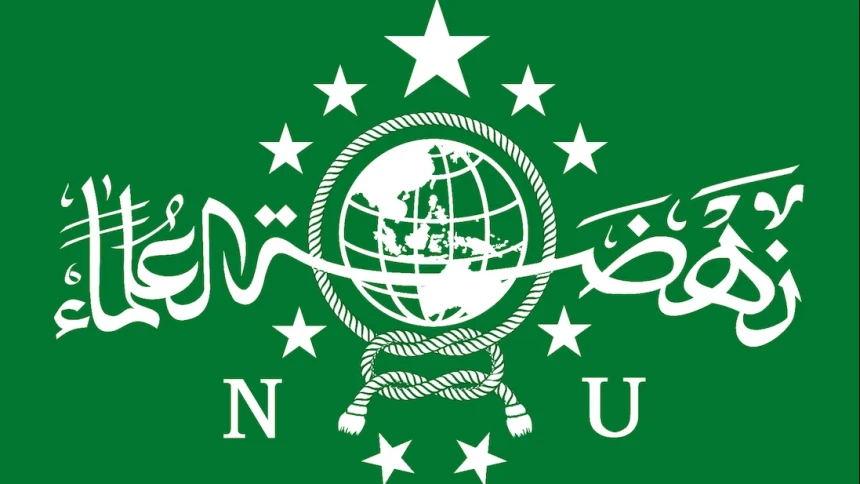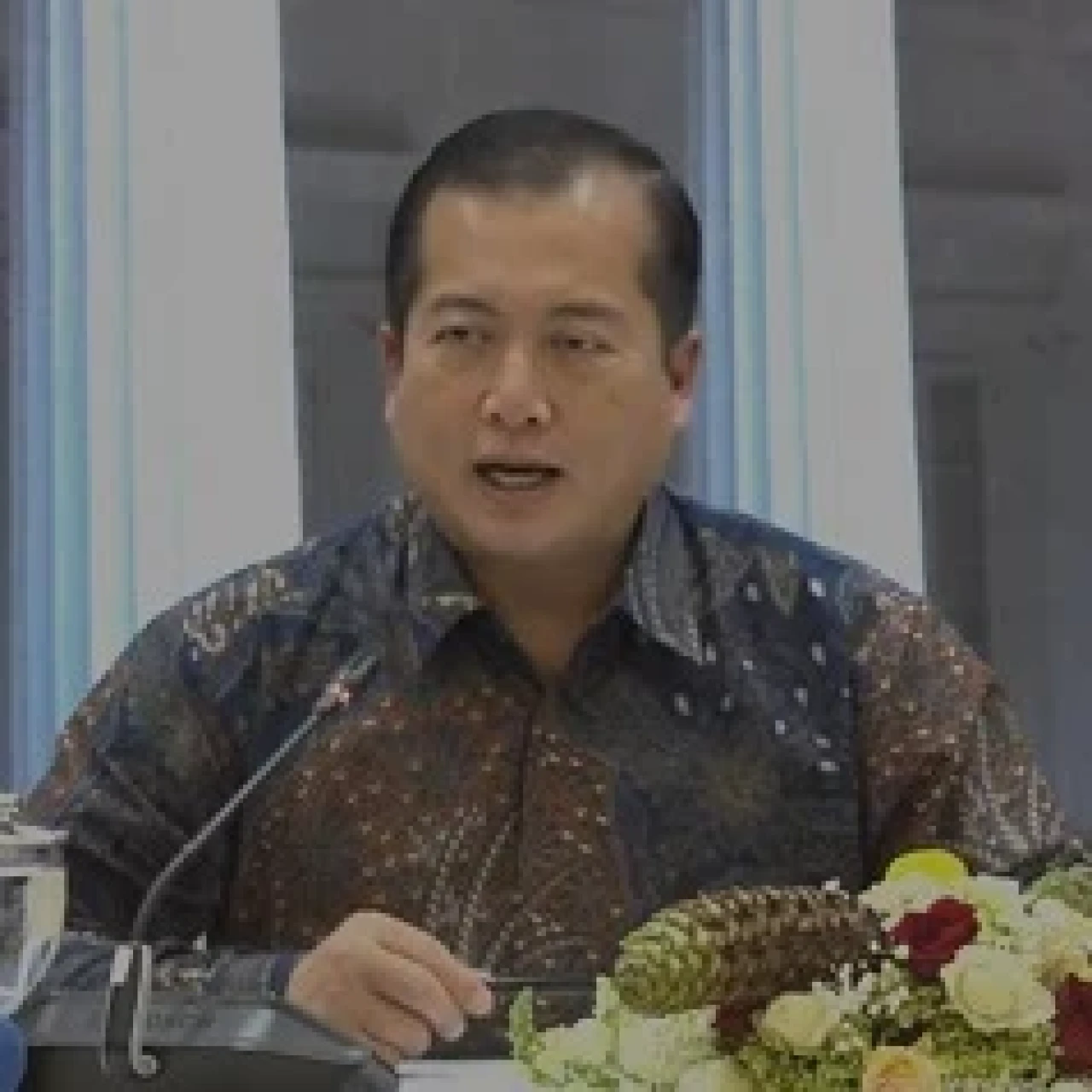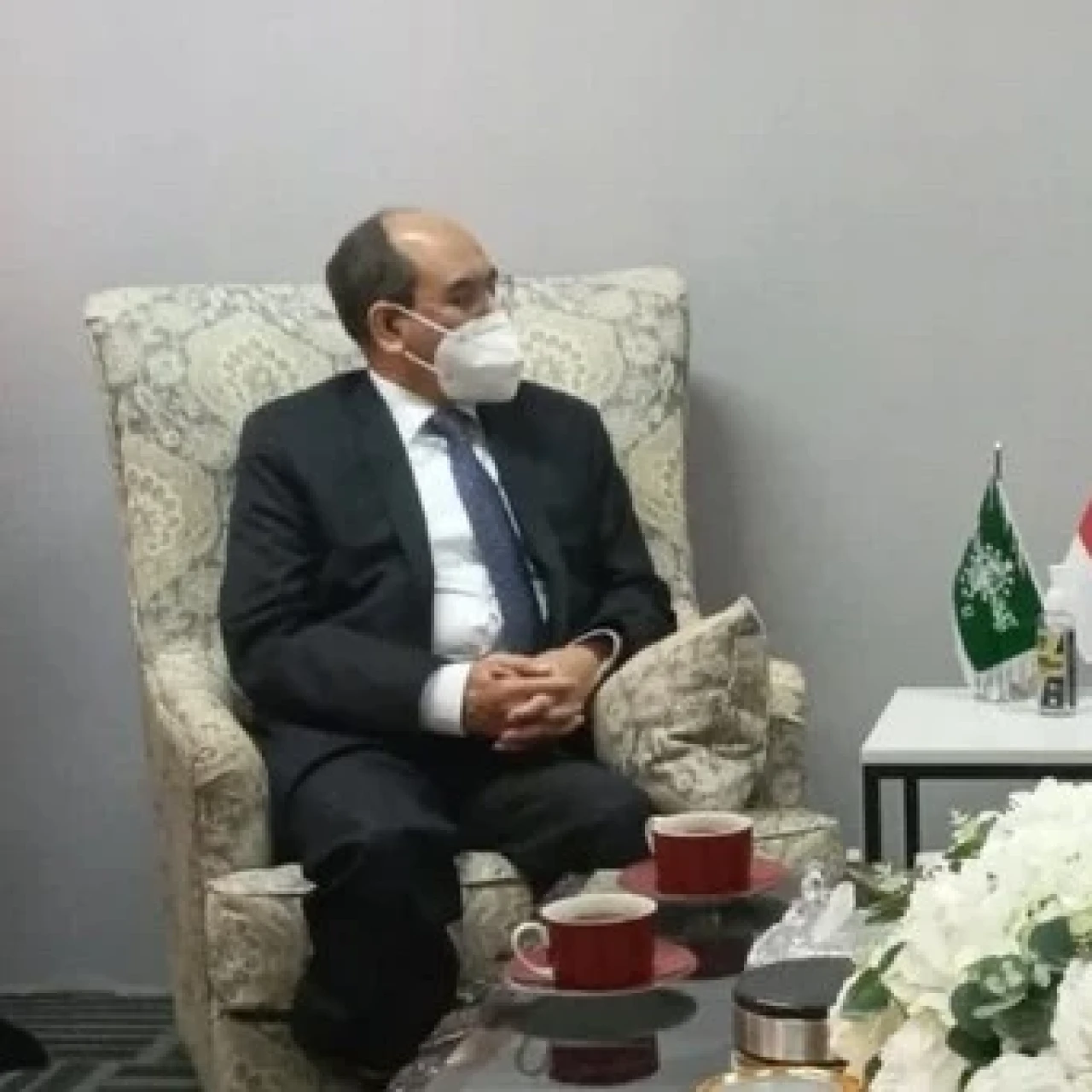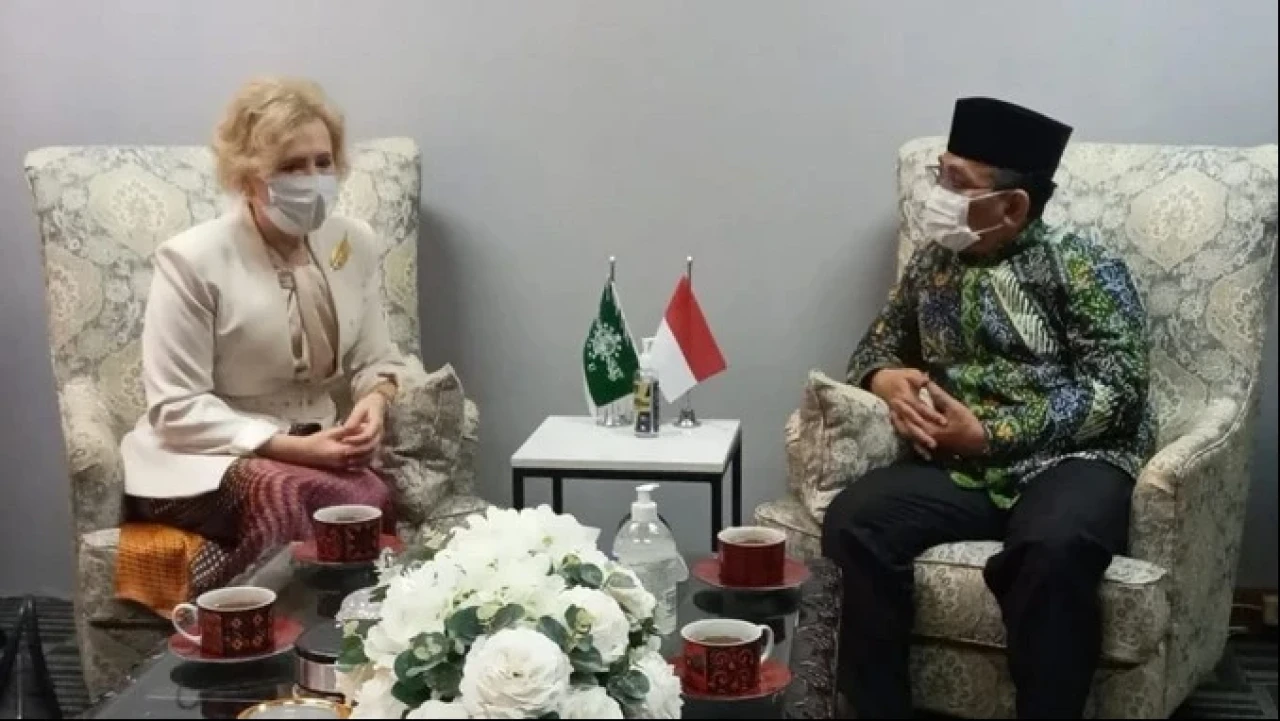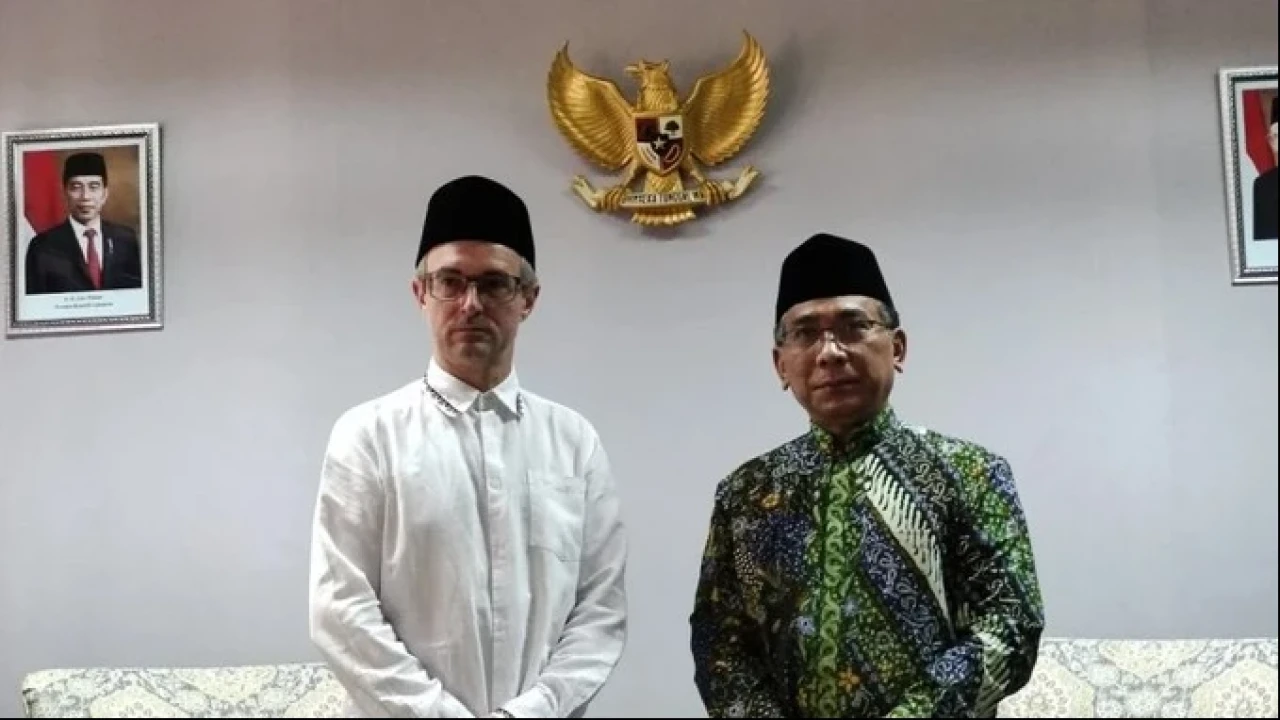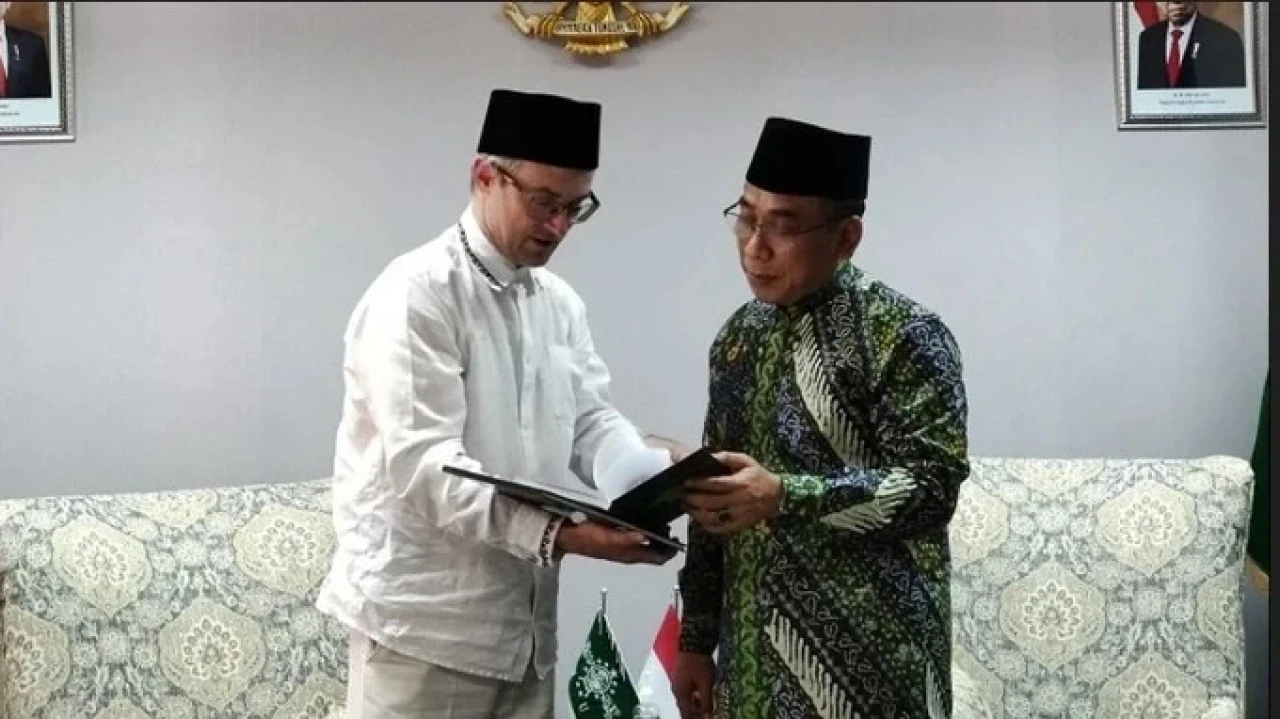Fertilizer crisis will cost us all, farmers warn
NU Online · Jumat, 28 November 2008 | 03:33 WIB
Do not trade blame, but take immediate action, says Jember's farmer associations to government officials over a fertilizer shortage.
They have warned the government of a major fertilizer crisis on the eve of the peak planting season, saying relevant authorities should not trade blame but take anticipatory action to cope with the current disappearance of subsidized, chemical fertilizers in the local market.<>
They said the government should keep in mind that the this crisis could cost the government a high political price in next year's general election if the fertilizers were not made available for the peak planting season in December, 2008, and January, 2009.
Thousands of farmers in Jombang took to the streets to protest the disappearance of subsidized fertilizers on Wednesday, saying they would not use their voting rights in the upcoming general election if the government could not solve the crisis. Hundreds of others looted a fertilizer storage facility in Bojonegoro during the planting season.
Chairman of the local chapter of the Indonesian Food Farmer Association (APPI) Hendro Handoko said his association could not prevent farmers from stopping trucks carrying fertilizer on the Northcoast highway because they were unable to find any fertilizers at local retailers and distributors in the regency.
"The demand is expected to continue increasing in the coming two months since most farmers will be in dire need of it during the peak planting season," he told The Jakarta Post here.
At least four times these past two months, thousands of farmers have stopped many trucks transporting fertilizers such as urea, NPK and ZA, and forced the drivers to unload their cargoes on the road and sell it to them at a price of Rp 1,200 (10 US cents) per kilogram.
Hendro blamed the government for its disappearance in the local market because the demand was based on last year's supply, instead of the real need.
"This year's supply should be based on the need in the field and the kinds of horticulture developed by the farmers. They usually need up to 500 kgs of urea per hectare while the local government's figure is only 300 kgs per hectare," he said.
He also said the demand had increased following the opening of more than 3,400 hectares of the Baban Silosanen protected forest in Muyorejo village to forest squatters so they could grow corn and soybeans, two plants that need urea and NPK in a higher quantity than paddy rice. "This new farmland has contributed to the increasing demand for fertilizers."
In addition, most farmers in Situbondo and Banyuwangi depend on rainfall because of the eastern province's poor irrigation system. An early rainy season has resulted in an early planting season, thus increasing the demand.
Separately, deputy head of the local trade and industry service Mira Hartati said the fertilizer shortage was because of the opening of a vast farming area in the protected forest while the government had never allocated subsidized fertilizers for the illegal farming. "They have consumed more fertilizer than the conventional farmers do," Mira was quoted by The Jakarta Post as saying.
Local farmers were also suspicious that the subsidized fertilizers were being sold by distributors and retailers to the region's cocoa and coffee plantations, saying that if that was proven both local officials and police were behind it.
The police confiscated eight tons of subsidized fertilizers from a local distributor in Lamongan on Wednesday; this followed the detainment of two trucks loaded with a similar product in Ngawi last week. According to a preliminary probe, the fertilizers were to be sold in Central Java.
Chairman of the local chapter of the Indonesian Farmers' Harmony Association (HKTI) A.M. Jumantoro concurred and said the social unrest was closely linked with the local farmers's suspicions that the subsidized fertilizers were being sold to cocoa and coffee plantations. "The farmers feel they are being deceived and this is why they are doing this," he said.
Meanwhile, Edy Budi Susilo, an assistant to the regent on economic affairs, said the disappearance of subsidized chemical fertilizers could trigger a major crisis during the peak planting season.
"Until December, the local government has only 8,000 tons of urea, 2,000 tons of ZA and 4,000 tons of Petroganik and this is far below the real need," he said.
Many farmers have preferred to plant corn, soybean and vegetables which require more fertilizers than a paddy plant, also contributing to a shortage, he said.
He said he would plan next year's fertilizer supply based on the real need in the field.
The provincial government was to propose an additional supply of 81,000 tons of urea, 29,600 tons of NPK and 32,600 tons of ZA in anticipation of the increasing demand in December's peak planting season. (dar)
Terpopuler
1
Atas Dorongan PBNU, Akan Digelar Jelajah Turots Nusantara
2
Rais Aam Sampaikan Bias Hak dan Batil Jadi Salah Satu Pertanda Kiamat
3
Asyura, Tragedi Karbala, dan Sentimen Umayyah terhadap Ahlul Bait
4
Dilantik, Berikut Susunan Lengkap Idarah 'Aliyah JATMAN Masa Khidmah 2025-2030
5
Penggubah Syiir Tanpo Waton Bakal Lantunkan Al-Qur’an dan Shalawat di Pelantikan JATMAN
6
I'tikaf hingga Khataman Al-Qur'an, Kebiasaan Gus Baha di Bulan Muharram
Terkini
Lihat Semua


